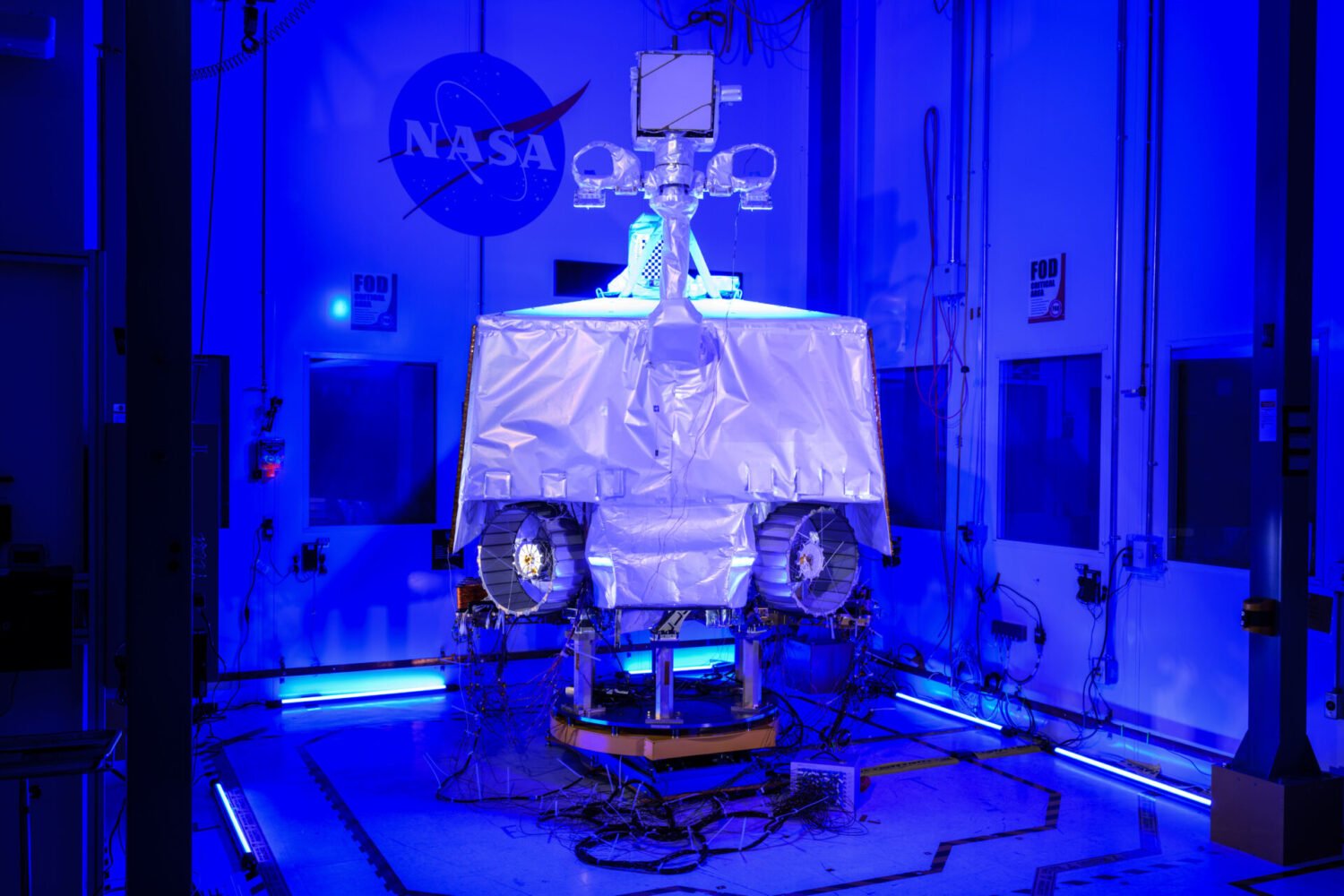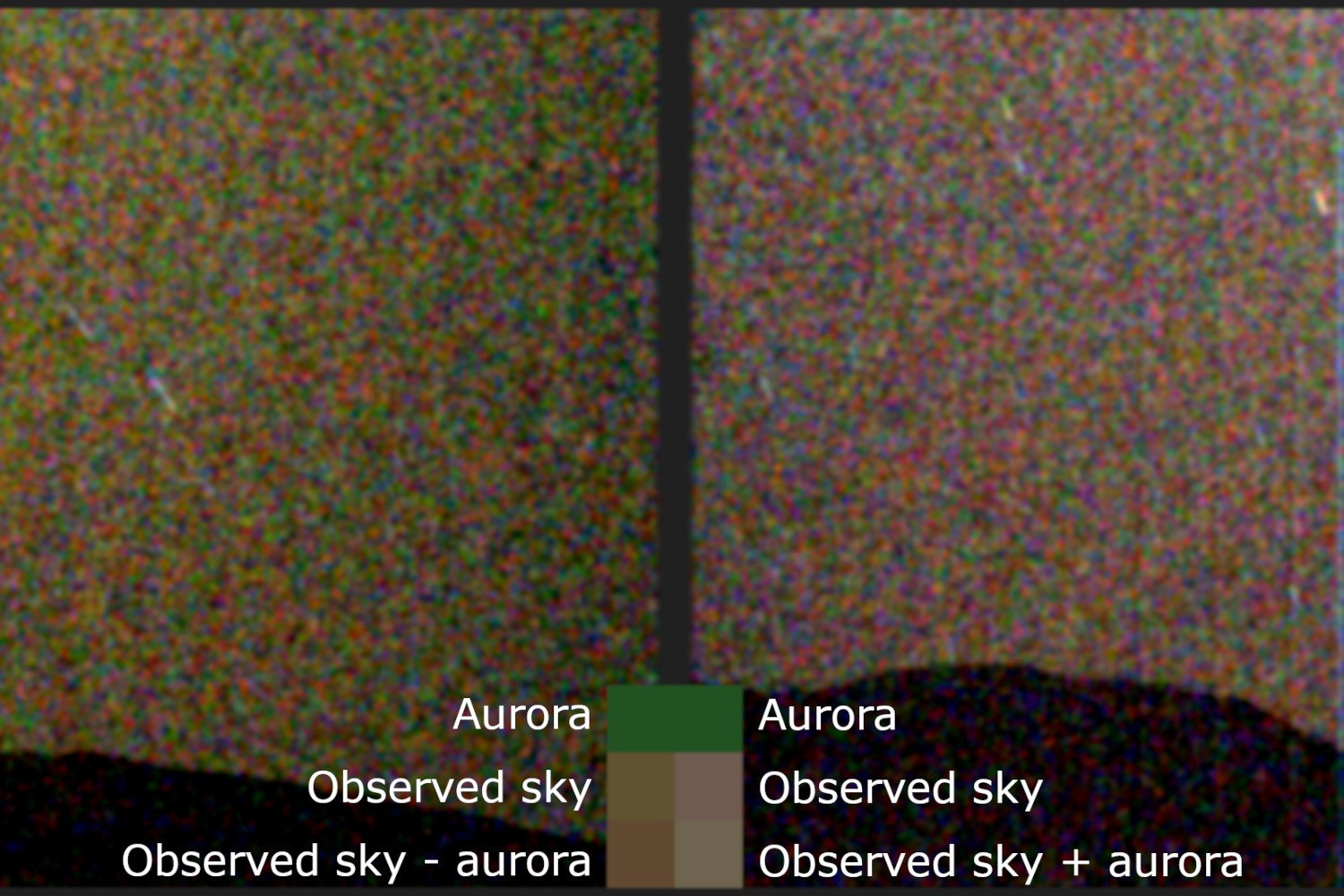NASA’s Volatiles Investigating Polar Exploration Rover (VIPER), designed to hunt for water ice at the Moon’s south pole, remains in storage at the Johnson Space Center in Houston. After canceling its original VIPER mission last year, NASA continues to explore alternative launch methods but has recently faced another setback.
The agency recently canceled a solicitation for private sector partnerships to take over the VIPER mission, a move that was initially proposed earlier this year. This week, NASA announced its intention to explore alternative delivery options for the lunar rover. “We appreciate the efforts of those who proposed to the Lunar Volatiles Science Partnership Announcement for Partnership Proposals call,” said Nicky Fox, associate administrator of NASA’s Science Mission Directorate. “We look forward to accomplishing future volatiles science with VIPER as we continue NASA’s Moon to Mars exploration efforts.”
VIPER’s Journey: From Delays to Cancellation to Uncertainty
VIPER was originally slated for a 2023 launch. Delays related to scheduling and supply chain issues pushed the launch date to 2024 and subsequently to 2025. However, in July 2024, NASA canceled the mission entirely, citing potential disruption to other commercial lunar payload missions.
Initially, NASA planned to dismantle VIPER and repurpose its components for future endeavors. This decision drew significant criticism from the scientific community, concerned about the loss of a valuable lunar exploration asset.
A Call for Private Partnership and a Subsequent Reversal
Responding to the outcry, NASA solicited proposals from private companies to take on the VIPER mission. Several space startups, including Intuitive Machines, responded with potential plans. However, the reasons behind NASA’s recent reversal of this partnership approach remain unclear.
A $450 Million Investment and an Uncertain Future
NASA has invested $450 million in the VIPER mission and has stated it won’t allocate further funds for landing the rover on the Moon. Without private sector collaboration, viable and cost-effective alternatives for VIPER appear limited. NASA’s statement concludes, “The agency will announce a new strategy for VIPER in the future.”











